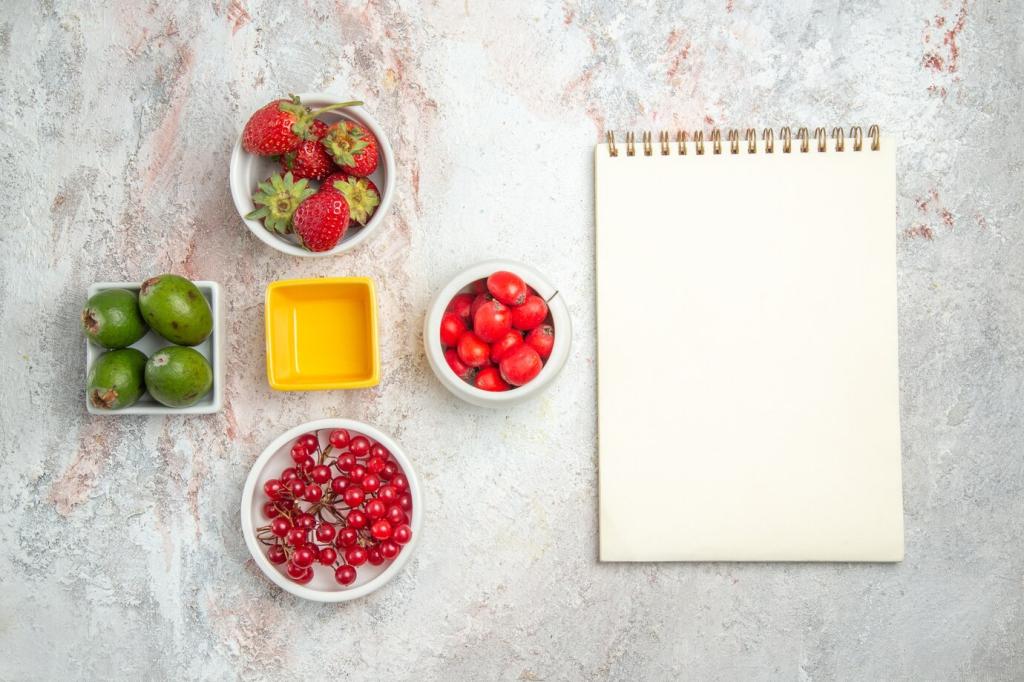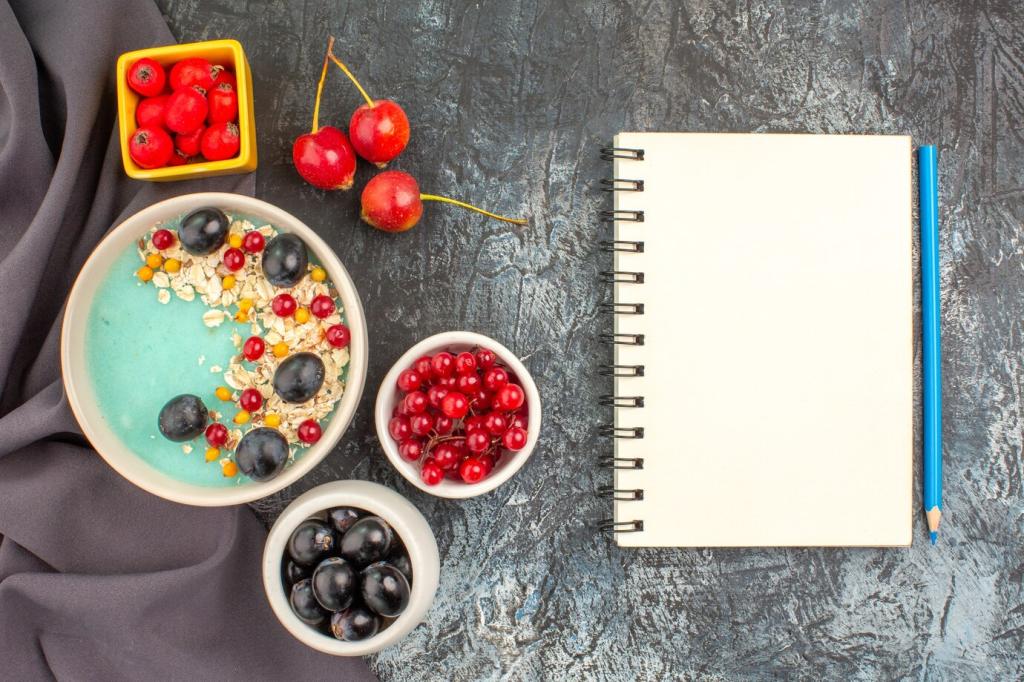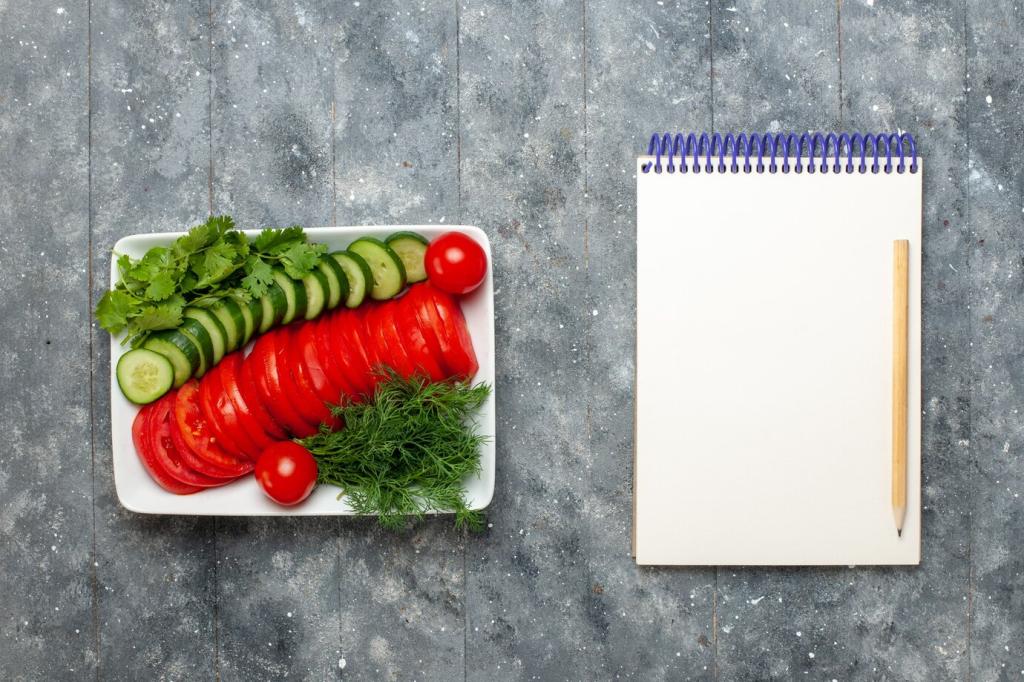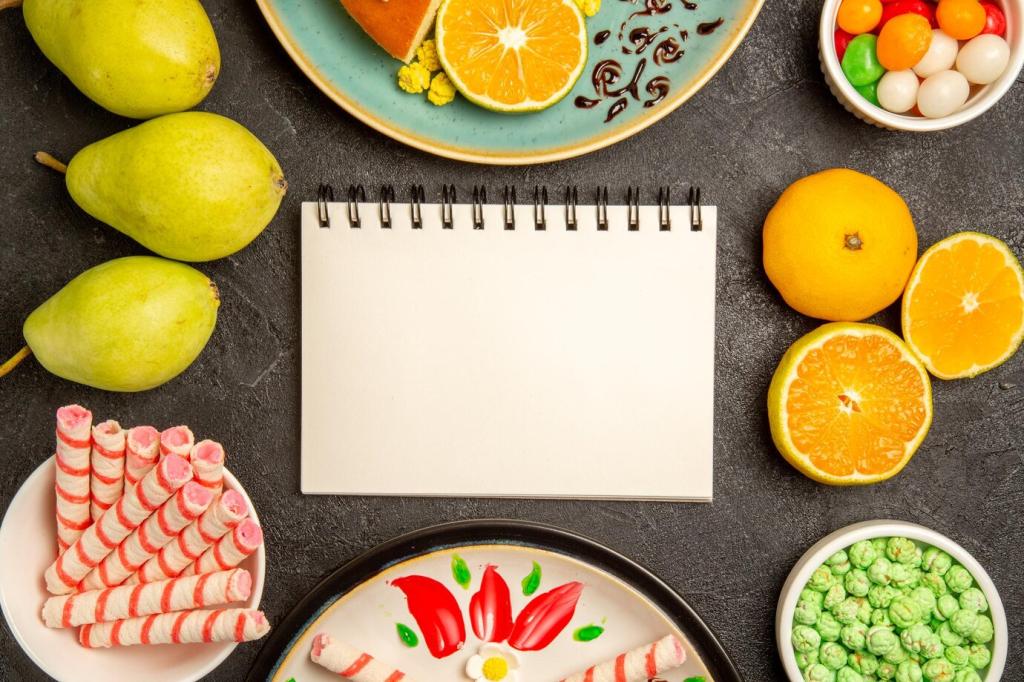Chosen Theme: The Importance of Portion Control in Balanced Nutrition
Today’s focus is The Importance of Portion Control in Balanced Nutrition. Discover how right-sized servings can boost energy, stabilize appetite, and make healthy eating joyful and sustainable. Join the conversation—share your portion wins, questions, and tips, and subscribe for weekly inspiration.
Why Portion Size Shapes Health Outcomes
Right-sized portions make calorie balance practical without banning foods you love. By trimming servings, you reduce excess energy gradually, avoiding the rebound hunger that restrictive diets cause. It’s a realistic path to steady progress, not a sprint toward regret or burnout.
Why Portion Size Shapes Health Outcomes
Portion control supports steady appetite hormones like ghrelin and leptin by preventing oversized meals that spike hunger later. Pair moderate portions with protein and fiber, slow your pace, and your fullness signals can catch up—helping you stop comfortably rather than guessing when to finish.


Use your hand as a discreet guide: a palm of protein, a fist of vegetables or fruit, a cupped hand of carbohydrates, and a thumb of fats. It travels with you, requires zero equipment, and adapts to your size for personalized, balanced portions.
Practical Visual Guides for Everyday Portions
Stories from the Plate: Real-Life Wins
Maya’s Pasta Night
Maya halved her usual pasta portion, added roasted vegetables and grilled chicken, and ate slowly. The flavor stayed, the energy slump vanished, and late-night snacking faded. Her takeaway: quality plus portions beats restriction. What comfort meal could you rebalance without losing its soul?

Portion Control for Active Lifestyles
On demanding days, expand the carbohydrate quarter slightly to support performance; on rest days, return to the standard plate. Keep protein steady and vegetables generous. This rhythm protects energy when needed and prevents overfueling when you are recovering more than moving.
Portion Control for Active Lifestyles
Aim for a palm-sized portion of protein at meals to hit recovery targets without excess. Spread intake across the day, not just dinner, to support muscle repair. Add a thumb of healthy fats for flavor and satiety so smaller portions still feel satisfying.




Mindful Eating Meets Measurable Portions
Fullness signals lag behind the bite. Serve a modest portion, eat slowly, then pause for twenty minutes with a glass of water. If still hungry, add a small second serving. This respectful check-in prevents autopilot overeating without scolding or scarcity.
Mindful Eating Meets Measurable Portions
Jot down what you plated, your hunger before and after, and how the portion felt. Patterns appear quickly, guiding adjustments. Want a printable template? Subscribe and we’ll send a simple weekly sheet to make reflection effortless and genuinely useful.
Building a Portion-Friendly Kitchen

Plates and Bowls That Nudge Balance
Use nine-inch plates and medium bowls to make right-sized servings look abundant. Tall, slim glasses reduce sugary drink pours. Visual framing matters: when the plate looks full, your brain agrees. Small environmental tweaks support consistent portions with almost no daily effort.

Smart Storage and Pre-Portioning
Clear containers for produce make vegetables visible and convenient, while opaque containers hide treat foods. Pre-portion snacks into small bags or jars to avoid bottomless grazing. Label leftovers with dates and portions so decisions feel easy, not exhausting, at mealtime.

Batch Cooking Without Overeating
Cook once, portion many. Divide bulk recipes into individual containers before you taste-test seconds. Freeze extras to create distance from temptation. This turns batch cooking into a portion-friendly superpower instead of a weeklong invitation to accidental overeating.
